Spring Renewal: Yoga and Ball Rolling for Mind, Body, and ‘Sole’
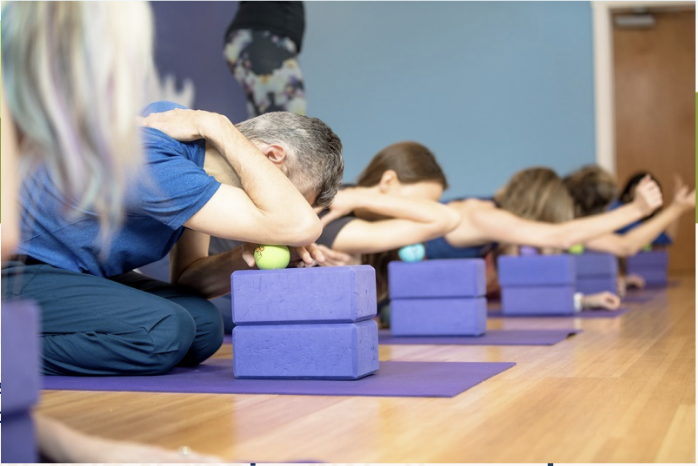
I like to do a little asana test before I start, as a warm-up but also as a way to watch my progress. Then, I do the ball work on one side, then I re-do the asana, then do the ball work on the other side and then repeat the asana one short final time so that I can see the difference the ball work made.
Teacher Feature: Get to Know Luna Ray
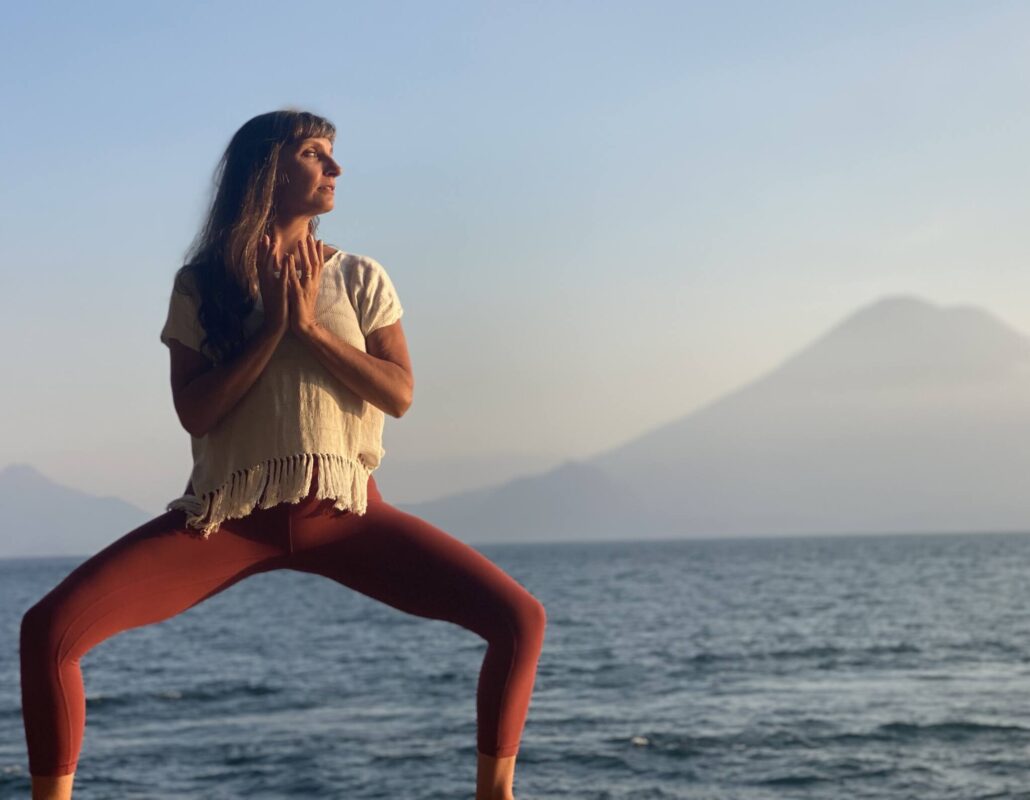
When I was 21 I lived in Lake Tahoe, CA, and I took a vinyasa yoga class at the community college there. Amrita, from England, was my first teacher and after close to 20 classes doing the same poses and sequences over and over, I was hooked. I remember having deeply profound experiences in savasana at that time, and I never looked back.
Teacher Feature: Get to Know Amber Vanbuhler
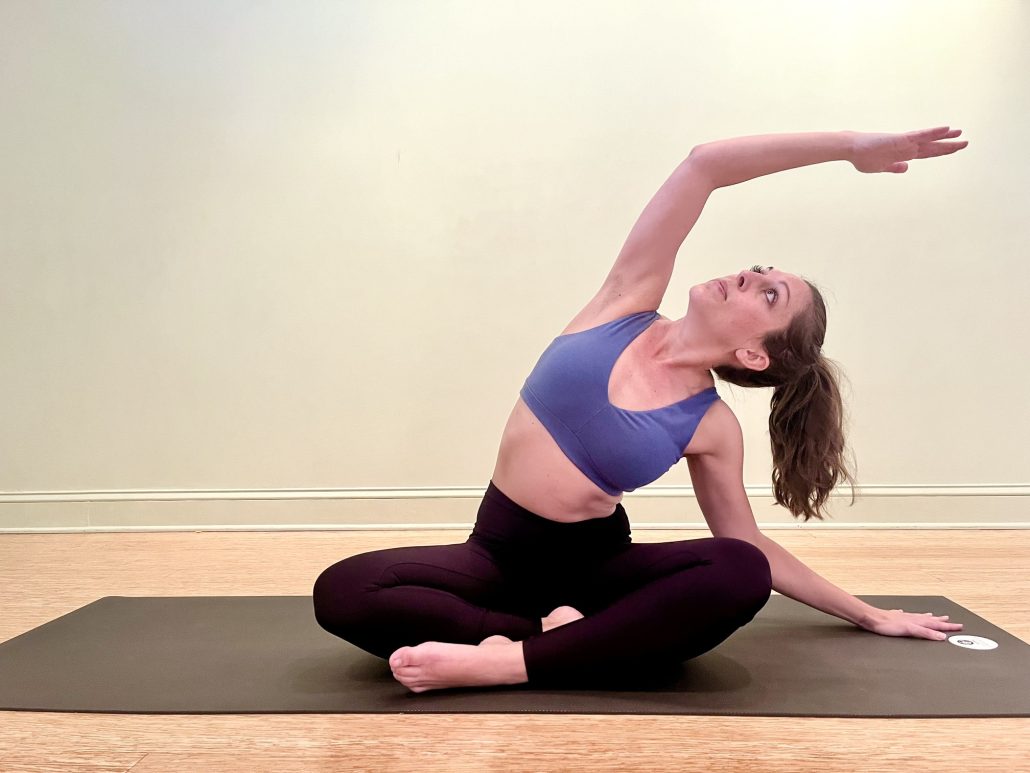
What I find most rewarding about teaching yoga is that I get to spread this amazing and wonderful gift that nourishes peoples’ bodies, minds and hearts. I feel so honored that I am a vessel for this ancient wisdom to flow through and help change the world.
Teacher Feature: Get to Know Rosie Mulford
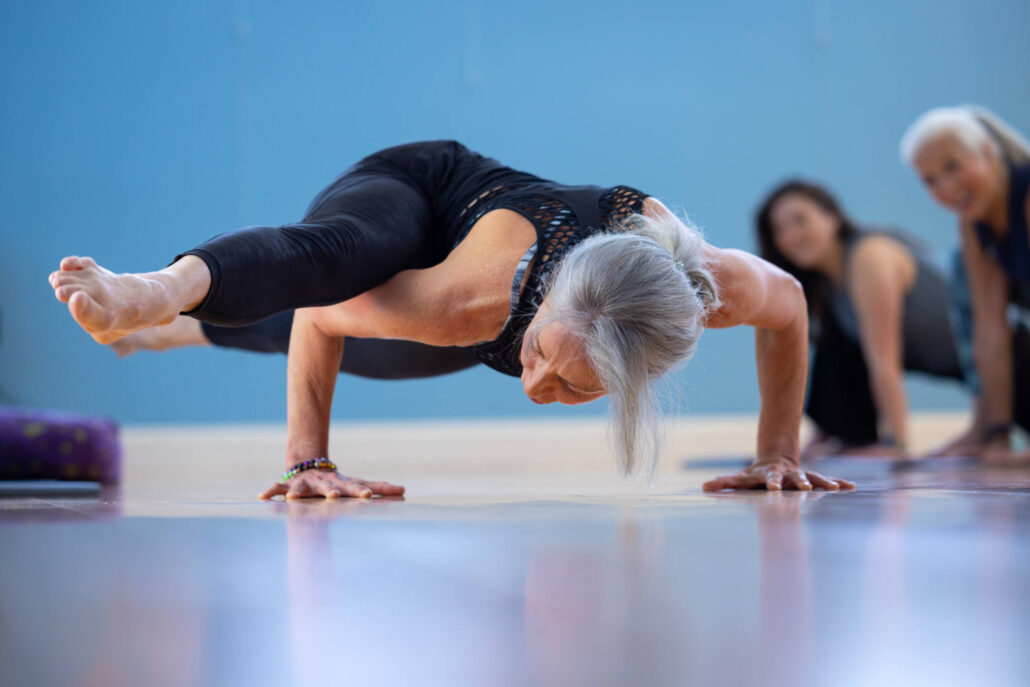
My very first introduction to yoga was in 1974 when my neighbor, Eve Diskin, then the president of the American Yoga association, came to my school to teach me how to do yoga. In all honesty the only thing I remember is that we did shoulder stand! And I thought it was so cool!
Teacher Feature: Get to Know Seán Johnson
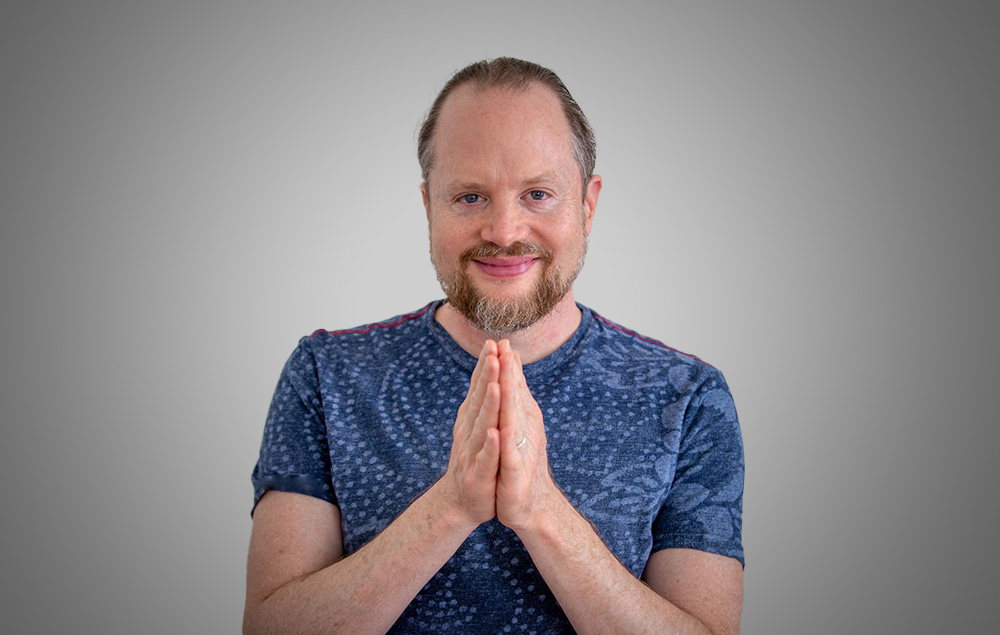
I’ll be honest— I was really turned off by my first experience with yoga. After having many friends tell me how I should try yoga for its peaceful benefits, I signed up for an Intro to Yoga course. As I lay down on my mat preparing for class to begin, the teacher walked over, stomped his foot onto the floor next to my mat, leaned over, and yelled at me to move my mat so that it was in precise alignment with the wall. When I moved it, he yelled again saying it was still a millimeter off. Shortly afterwards, he started walking on his hands around the room, admonishing other students for various inadequacies in the way they were practicing. After the class, I walked out and thought to myself, “what an @#$%&!, if this is yoga, it’s not for me.” I had paid in advance for the course, but didn’t return, and based upon that experience, planned on staying clear of yoga in this lifetime…
Meditation on the Guru Mantra: To Heal
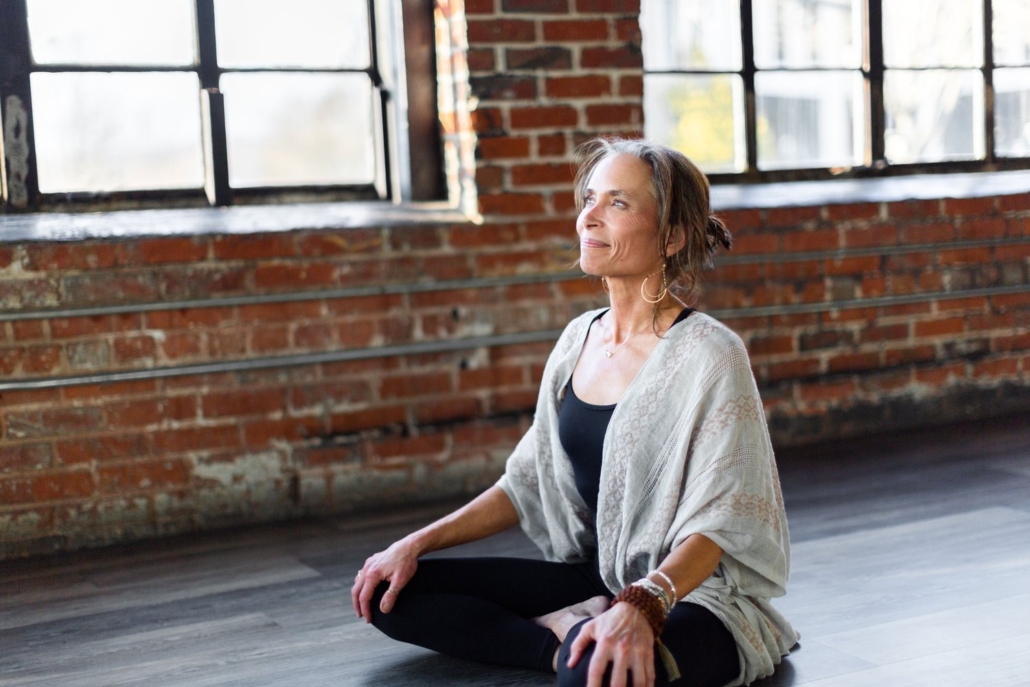
The Guru mantra is an ashtang mantra, meaning it has 8 parts. These 8
parts catalyze the kundalini energy to initiate through your own effort and
devotion. The first part of the mantra – Guru Guru Wahe Guru – projects
the mind to the Infinite, the source of knowledge and ecstasy. The second
part, Guru Ram Das Guru – signals “the wisdom that comes when we
serve the infinite”.
Teacher Feature: Get to Know Gota Cebrero
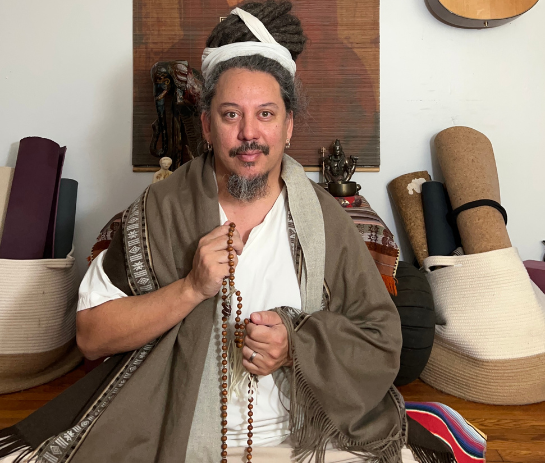
To me, it’s more about sharing yoga than teaching. When I began walking this path of yoga, it never crossed my mind to teach because I had enough work to do on myself. I began to fully focus on my Sadhana (my own practice). Through this process, practicing every morning and afternoon at some beach, park, plaza or outdoor space, people started approaching me out of curiosity and asked me to share with them. That’s how it all began, organically and this is how it still feels and will always feel. Even though in times of being a father and a husband, I need to make a living to support my family, I still consider it an exchange of energy. From the most profoundness of my heart, I share this path of yoga that carves and transforms my life infinitely.
Teacher Feature: Get to Know Sierra Hollister
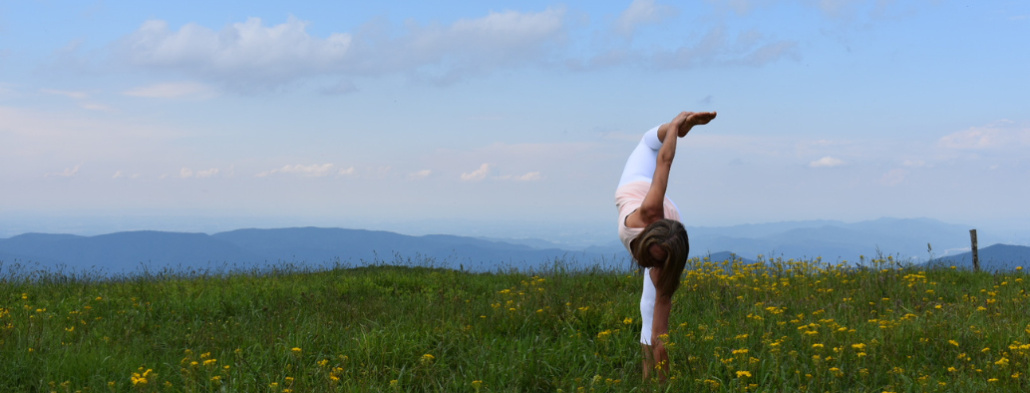
The first yoga class that really captivated me was a power flow style with Sarah Powers. I was young – still in college, and a dedicated runner and climber at the time. Yoga was poetry for the body. In my attempts to find a class / teacher similar to Sarah, I stumbled into Ahimsa Ashram in Washington, DC and found kundalini yoga- which felt like
rocket fuel to me. Some 30 years later, I am still enchanted with kundalini and the
incredible power of the practice to transform. And, I still love flowing vinyasa andmany other styles. I think of myself as a “yoga universalist” – I love all the
lineages and paths deeply but kundalini is the maha (great) practice of my heart,
the one that I do every day, no matter what.
5 Tips for A Sustainable Yoga Practice: Connecting On & Off The Mat
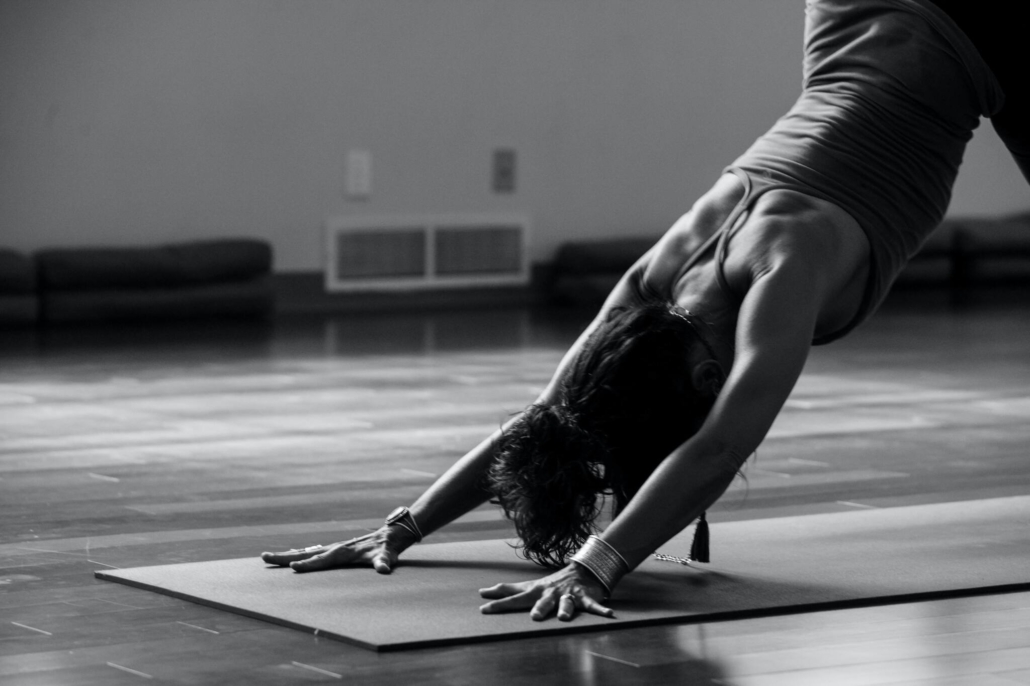
We can practice ahimsa or non-violence with others, mother Earth, and also ourselves. When we notice thoughts of judgment or criticism, there’s an opportunity to return to the breath, witness those thoughts and emotions, and allow them to flower. This momentary gap enables us to choose how we respond – ahimsa lives in our breath, that dynamic and divine pulsation of inhalation and exhalation that we share with all living beings.
Spring Renewal: Yoga Practices to Care for Your Self & Environment
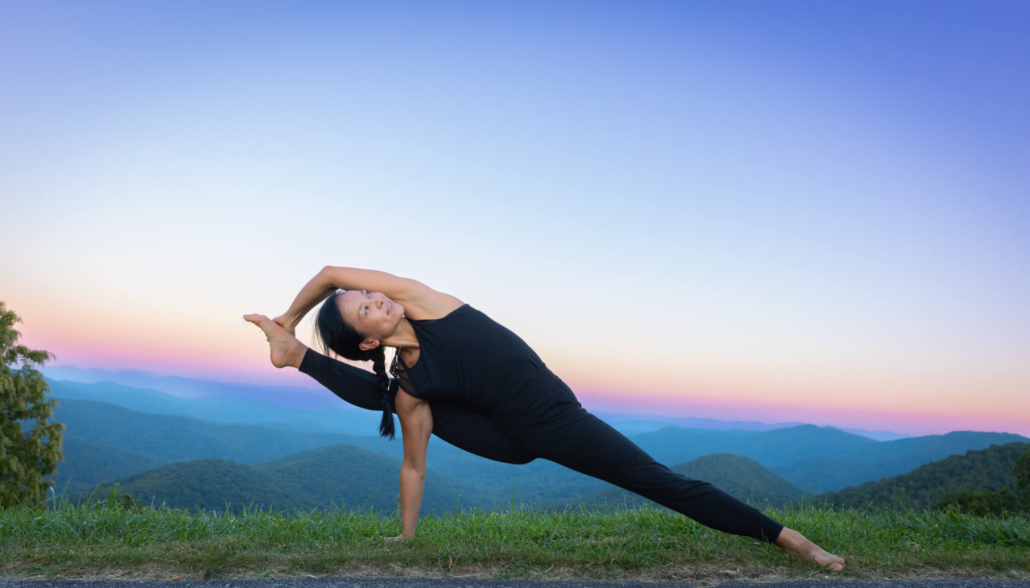
We can practice ahimsa or non-violence with others, mother Earth, and also ourselves. When we notice thoughts of judgment or criticism, there’s an opportunity to return to the breath, witness those thoughts and emotions, and allow them to flower. This momentary gap enables us to choose how we respond – ahimsa lives in our breath, that dynamic and divine pulsation of inhalation and exhalation that we share with all living beings.
